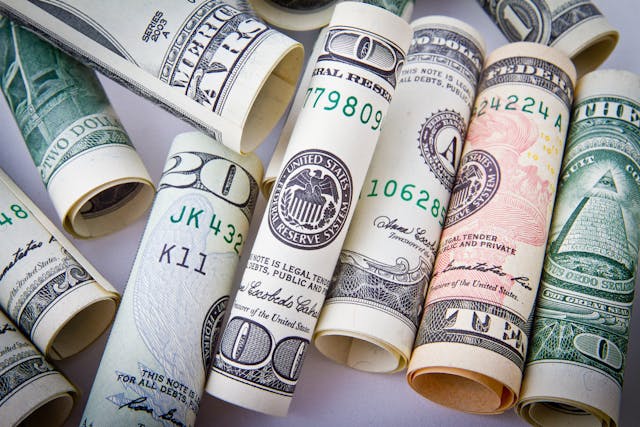3 Stages of Money Laundering – A Comprehensive Guide to Understand the Concept

Monetary fraud, including terrorist financing and illegal money funding, is a threat not only to economic stability but also to state security. A term commonly thrown around in corruption discussions is money laundering, a multifaceted technique that perplexes even the most knowledgeable veterans.
Fraudulently have come up with many money laundering schemes. These techniques can include differing numbers of entities, companies, or regions with complication variations. However, there are 3 stages of money laundering, and It may consist of illegal money exchanges from various criminal operations, such as fraud, bribery, drug trafficking, or impersonation attacks. Therefore, all of this is intended to create difficulty in proving that the money that is laundered was obtained through crime is legal.
Quick Insights into What Money Laundering is?
Money laundering – a term that refers to the proceedings of fraud that are disguised so that the illegal money cannot be recognized as having been acquired by criminal operations. The dirty cash laundered is ensured by the criminals that the activity appeared legal and dodged the system. It includes all the trafficking and terrorist activities that can channel money to get it back safely without getting caught. Furthermore, there is a solution to every problem, and this type of funding can be trapped with distinct stages of anti-money laundering.
How is Money Laundering Executed?
There is no doubt that criminals constantly explore modern ways to cover up illegal money. For example, cybercash has granted plenty of opportunities for laundering money. Let’s dive into some of the most ordinary money laundering schemes and how they can be utilized through all 3 stages of money laundering.
Shading
- Terminate financial transactions
- Shell companies
- Depositing cash abroad
- Funneling money
- Invoice fraud
- Tax evaded wealth
- Money muling
Explore the Prime 3 Money Laundering Stages
Money laundering can be executed in distinct ways, but there are 3 primary stages of the money laundering method:
- Placement.
- Layering.
- Integration or Extraction
Placement
The initial placement stage represents the primary entry of illegal cash or proceeding of fraud into the financial structure. This stage serves two objectives: one is that it eases the criminal in retaining and guarding large amounts of bulky cash, and the other is placing the laundered money into legitimate financial structures. Throughout the placement stage, fraudsters are the most susceptible to being trapped. However, Placing large amounts of money (cash) into legitimate financial structures may raise officials’ concerns.
Layering
The next step is to layer up the illegal money and the layering stage sometimes referred to as structuring, that comes after the placement stage. The layering stage is the most intricate and often involves the international action of money dealings. The primary objective of layering is to part the laundered money from its origin. However, it is done by the refined layering of financial transactions that conceal the audit trail and detach the link from the original crime.
Integration and Extraction
The final phase of the black money dealing operation is the integration stage. At this stage, the cash is returned to the criminal from what appear to be legitimate origins. Having been placed initially as cash and layered through several financial operations, the criminal proceeds are fully incorporated into the monetary system and can be used for any intent.
There are distinct methods in which the laundered money can be integrated back with the offender; despite that, the key objective at the current stage is to reconcile the cash with the fraudsters in a method that makes it complicated to draw consideration and appears to result from a legitimate origin. For example, purchasing property, jewelry, or high-end convertibles are usual ways for launderers to possess illegal profits without inevitably paying attention to themselves.
High-Risk of Money Laundering Stages
Money laundering can threaten the prosperity of a state and undermine its financial structures, primarily when it is being conducted on a larger scale. Money laundering also poses significant security risks when it is employed by the ones that are engaged in financing terrorism and proliferation funding, which is the providing of funds for the acquisition and supply of weapons. However, it is done slowly, and one of the cases from Mexico was reported stating the index of money laundering risks is upto 5.21, rising from 5.2, concerning the financial authorities to take necessary steps for its prevention.
Final Wordings
Taking into account all the 3 stages of money laundering and understanding the primary techniques is crucial for businesses, specifically those in the financial industry. It not only assists businesses in inspecting uncertain operations but also aids in establishing and enforcing effective AML techniques. Since the schemes employed by illegal entities continue to grow, staying informed about the modern trends and methods in money laundering is paramount for safeguarding your business against financial crime. Moreover, it is a requirement and not a choice to know related regulatory changes in the methods of illegal money dealings.





